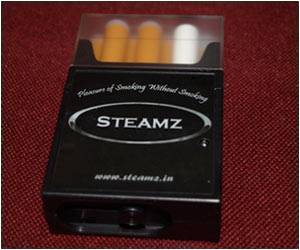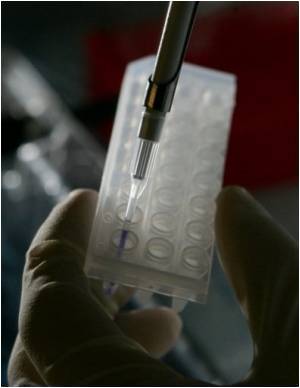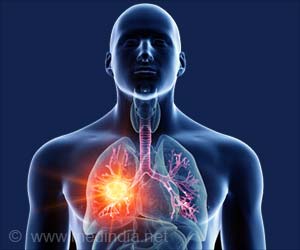Formaldehyde is classified as a carcinogen and is thought to contribute to the development of the tobacco-related disease.

‘Formaldehyde exposure through e-cigarettes use is less than one-sixth of the exposure from breathing indoor air that complies with WHO air quality standards.
’





Formaldehyde is classified as a carcinogen by the International Agency for Research of Cancer and is thought to contribute to the development of tobacco-related disease. For this reason, there has been some concern over the possible health effects of inhaling formaldehyde released into the aerosol of e-cigarettes. 'In this study, we measured the formaldehyde produced in the aerosol of three different e-cigarettes formats,' Costigan said. Three types of vaping products were studied: a rechargeable 'cig-a-like' device; a refillable open tank system, also called a clearomiser, and a closed modular system with variable voltage. Where there was a choice, the products were tested under worst case, high voltage conditions, under which the most formaldehyde would be produced.
Consumer use of the products was surveyed to establish real world use patterns. A total of 350 puffs per day represents a realistic estimate of the intense use for these products.
Lab-based vaping robots were programmed so that they produced vapor in a realistic way and the formaldehyde levels in this vapor were measured.
The results showed that even the worst case amount of formaldehyde per 10 puffs of the e-cigarettes tested, was over 10 times less than the formaldehyde from a 3R4F reference cigarette smoked under standard ISO conditions.
Advertisement
'We believe e-cigarettes hold great potential for reducing tobacco-related disease. For this reason, we continue to strive to better define and further reduce any residual risks that there may be, to as low a level as possible,' said Costigan. 'The results from this study show that even heavy use of these products still only results in daily formaldehyde exposure that is less than one sixth of the exposure from breathing indoor air that complies with WHO air quality standards,' she said.
Advertisement










